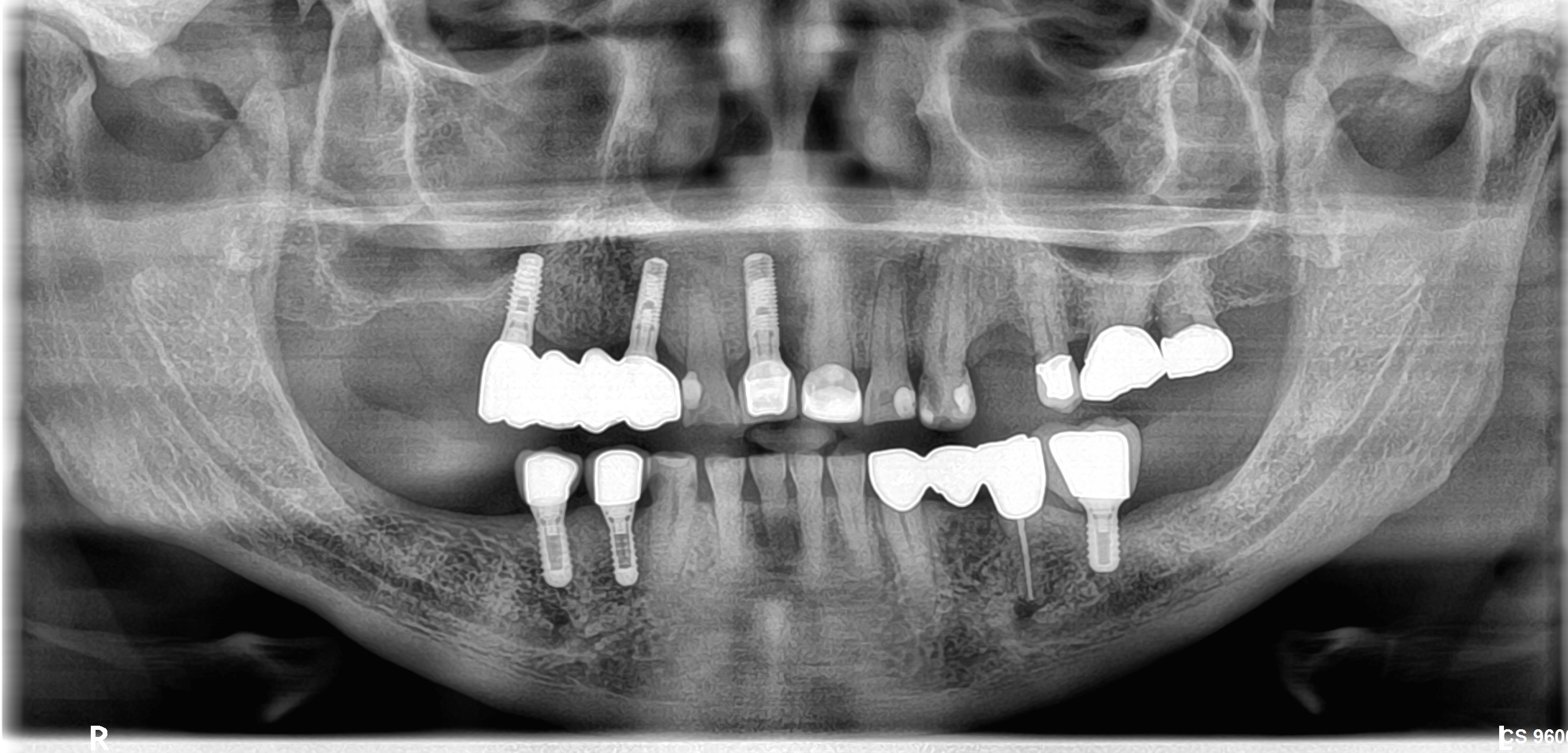Robot-assisted Implant Surgery: the future?
This past Saturday a Chinese dental clinic announced that in a one-hour procedure, a robot, carried out the first successful autonomous implant surgery by installing two implants into woman™s mouth. Although there were human medical staff present during the implant surgery, the staff was not actively involved in the actual surgery. The implants were fitted to within a margin of error of 0.2-0.3mm.
China has a particular need for robotic surgery, because of the shortage of qualified dentists in the country who can place dental implants. A recent survey reported that there were about 400 million patients needing new teeth in China, but the number of qualified dentists could not possibly meet that need. Although, one million implants are placed in China annually, the quality of surgery is still not considered ideal.
While the exact details of the operation in China are still awaited, this news still begs question if robotic-assisted implant surgery will soon become a reality?
Interestingly, in the US market, there is a company Neocis, that announced earlier this year FDA clearance to introduce Yomi, the first robotically assisted system for dental implant surgery. Yomi™s software is used to plan a procedure based on a patient™s CT scan. During the procedure, the system continuously tracks the patient and controls the direction of the drill as the clinician advances it into tissue. This is supposed to guarantee that the physician doesn™t stray away from the correct location, depth, and orientation of the plan, while still controlling the actual drill delivery. Basically, you always know where the drill bit and implant are in relation to your patient™s anatomy and your preoperative plan. Below is a video describing Yomi.
What are you thoughts? Is Robot-assisted Implant Surgery the future?
















